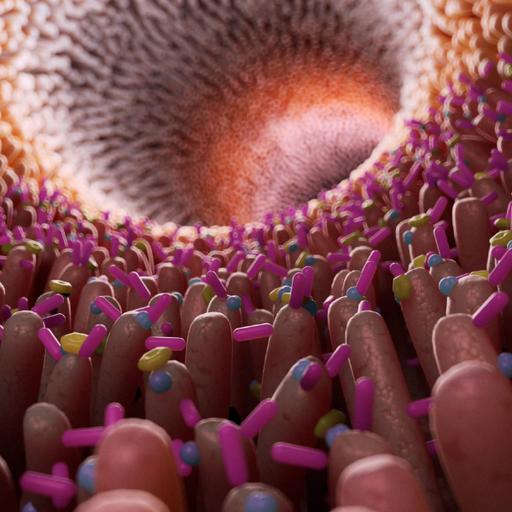Artificial Restriction Enzymes
Presentations | English
In recombinant DNA technology, restriction enzymes are essential tools, even if they have limited specificity and availability. They cut the DNA at a specific site and create a space where foreign DNA can be introduced for gene-editing purpose. This is not achieved by naturally occurring but artificial restriction enzymes. There is a drawback for these enzymes as they are capable to cut only four to eight base pairs, which is very short. As they cut anywhere the sequence appears, researchers worked on finding one whose cut site appears only once in the genome. This was overcame by AREs, which was developed from Argonaute protein, taken from Pyrococcus furiosus. It is abled to recognise longer sequence when finding its cut site, by increasing specificity was reported by University of Illinois in 2017. Zinc finger nucleases is a commonly used ARE, with large number of genetic engineering applications. Artificial ribonucleases act as restriction enzymes for RNA was also developed. More information on AREs can be understood from the presentation.

12.50
Lumens
PPTX (25 Slides)
Artificial Restriction Enzymes
Presentations | English
